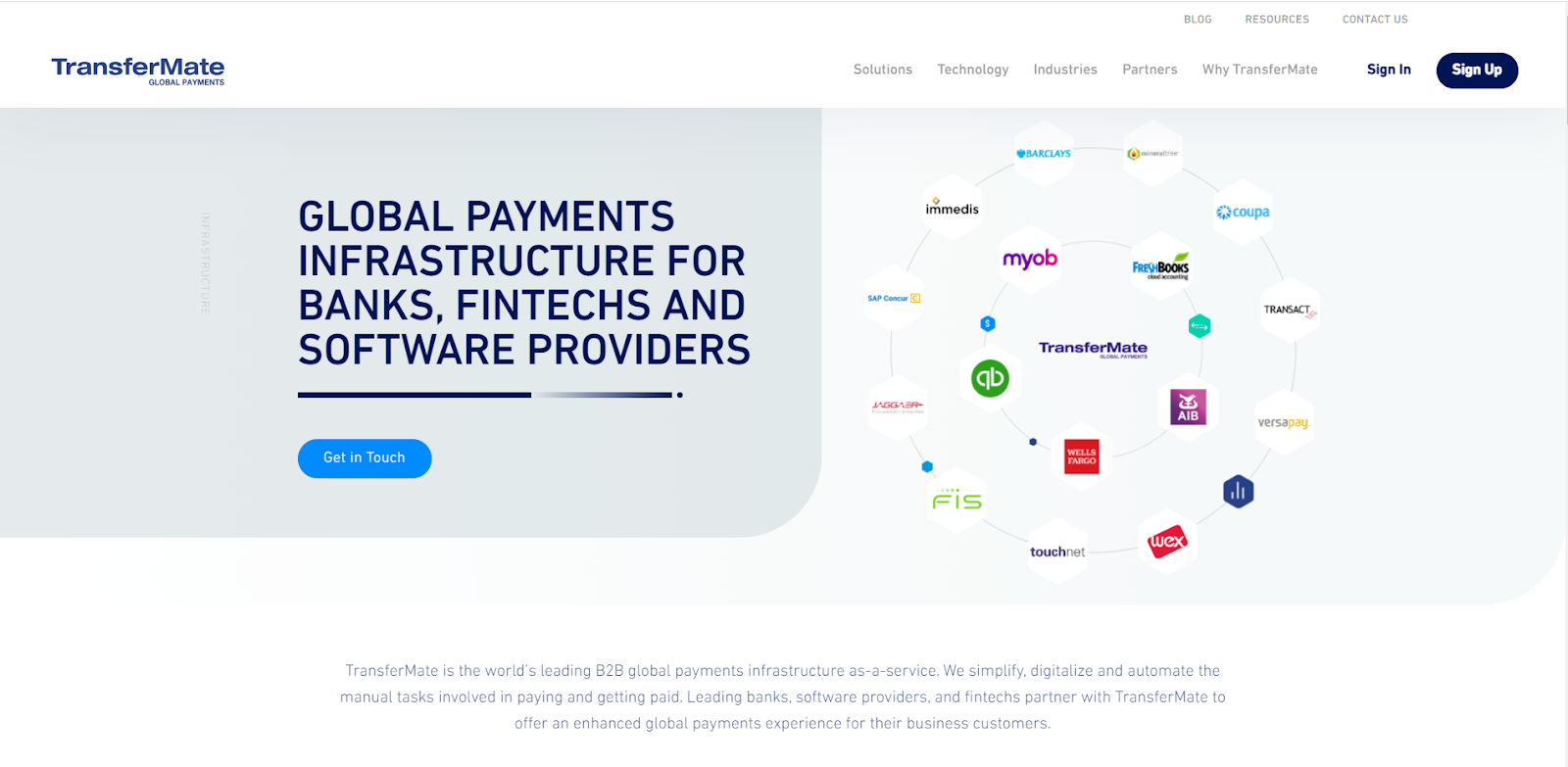Customer loyalty is not easily created. Customers are loyal when the company can fulfill them best. Don’t care about a positive history with your brand, if a competitor puts a better offer on the table then the customer is going to take it. Here is a way to build a customer loyalty program. But first you should read Everything You Need To Know About Types Of Customer Loyalty Programs
1. Choose a great name.

The first step to build a customer loyalty program is choosing a great name. This name needs to incite curiosity and interest to urge customers to participate, and it needs to be distinguished from the other customer loyalty programs they are already a part of. It needs to make customers feel excited to be a part of it. Making customers curious to learn more and join. You should choose clever, unique names but don’t give them away. For example Sephora's Beauty INSIDER program and vegan supplement brand Vega's Rad(ish) Rewards
2. Create a deeper meaning.
Customers often suspect loyalty programs and think this is just a trick to make money for businesses. Even if the purpose of the program is to increase sales for your company, you need to create value for the program, making your customers feel excited about it. Tap into your loyalty program to add value to it. For example, Amazon does not reward points by super discounts or free shipping. Amazon offers its members a ton of other convenient rewards — like free TV show and movie streaming. You can read Reward Point System: Why Should Your Business Have It? to create a deeper meaning.
3. Reward a variety of customer actions.
Another way to reward your loyal customer without purchases. Reward other customer actions. Customers sharing social media content, subscribing to your blog, engaging in your mobile app are still valuable signs that a customer is engaging with your brand and they may join a customer loyalty program. Let customers earn more points for lots of different actions each week like reading and replying to a blog post or interact on a Facebook post - with more points earned for higher-effort actions on their part, that they can turn in for the rewards they want.
4. Offer a variety of rewards.
Another way to reward your loyal customers is to offer different rewards. They could turn points into free tickets to events and entertainment, donate money to the charity… Some companies do a fantastic job of this customer loyalty program. Riders can round up to the next dollar of the cost of their ride and donate the change to the charitable organization of their choice — making it easy and rewarding for them to make an impact while using their service as they normally do.
5. Make "points" valuable.
If you are asking customers to enroll in your customer loyalty program, make the points worth. Like Inbound marketing, if you are asking more money from customers, you need to offer value in return to make sure they feel happy. For example
For example, your loyalty program will refund when a certain number of points is reached, you must provide information about the amount and the number of points for the buyer to try to complete by continuing to purchase from you.
Credit cards do an excellent job of this by illuminating dollar-for-dollar how points can be used — just watch any commercial offering points in exchange for dollars, airline miles, groceries, or gas.
6. Structure non-monetary benefits around your customers' values.

Values are important to customers — in fact, two-thirds of customers are more willing to spend money with brands that take stances on social and political issues they care about.
So make sure you tap into those values as part of your rewards program, too.
TOMS Shoes donate a pair of shoes to a child in need for every purchase their customers make. Knowing that providing resources to the developing world is important to their customers, TOMS takes it a step further by launching new products that help other important causes — like animal welfare, maternal health, clean water access, and eye care — to get customers excited about helping in other ways.
7. Provide multiple opportunities for customers to enroll.
Once you've launched your customer loyalty program, make sure you're hammering it home whenever possible how to join — and the benefits of joining.
If customers get rewards from purchasing from your online store, next to the price, share the points they could earn from spending that much.
You might have experienced this when flying on an airline that offers a loyalty rewards credit card. The flight attendants might announce that you could earn 30,000 miles toward your next flight — if you apply for the airline's credit card.
Other ways to do this include promoting the program on social media channels and adding on-site push notifications when customers complete an activity that earns them points.
8. Explore partnerships to provide even more compelling offers.
Co-branding customer loyalty programs is a great way to extend your brand to new potential customers and to provide more value for your customer loyalty. Brands might offer free access to your co-branded partnerships. For example, T-Mobile offers a month using Netflix with the purchase of two or more phone lines by their brand.
9. Make it a game.
People love games and want to win, you can use that winning spirit to get your customers interacting with your brand more frequently. Lots of brands earn valuable engagements within games. Points are easily translatable for gamification. If you are a small business, you may not have much flexibility when it comes to your budget. But, you can offer an attractive rewards program that fosters customer loyalty.
Conclusion
A customer loyalty program is a way to reward customers with special offers such as discounts, gifts, deals...It is effective to drive customer retention, boost customer sales, and creat customer loyalty. Taking the opportunities to bring success to e-commerce stores with our Reward Points - Multistore Marketplace Magento 2 would be a perfect choice. Let's see a demo
Rose Helen
With years of experience, Rose Helen possesses an in-depth understanding of e-commerce platforms, technologies, and best practices. She works closely with clients to analyze their needs, develop tailored strategies, and execute effective project plans that drive growth and success.
As an Ecommerce Project Consultant, Rose Helen excels at overseeing project lifecycles, from inception to completion. She ensures projects are delivered on time, within budget, and with the highest level of quality. Her exceptional project management skills enable her to effectively communicate with stakeholders, manage resources, and mitigate risks throughout the project journey.
Rose Helen is a strategic thinker who leverages her extensive knowledge to identify opportunities for improvement and innovation. She provides valuable insights and recommendations to optimize e-commerce processes, enhance user experiences, and increase online sales.
With her strong communication and collaboration skills, Rose Helen builds strong relationships with clients and key stakeholders. She fosters a collaborative environment, working closely with cross-functional teams to ensure seamless project execution and alignment with business objectives.
Beyond her technical expertise, Rose Helen is dedicated to delivering exceptional client service. She goes above and beyond to understand her clients' unique requirements and provide them with personalized solutions that drive tangible results. Her commitment to client success is evident in her approach and the long-term relationships she builds.
Rose Helen's passion for e-commerce, coupled with her extensive experience and project management skills, makes her a valuable asset for organizations looking to thrive in the digital landscape. With her guidance, businesses can navigate the complexities of e-commerce projects and achieve their objectives with confidence and success.


 (1).jpg)












Pretty good post. I just stumbled upon your blog and wanted to say that I have really enjoyed reading your blog posts. Anyway, I'll be subscribing to your feed and I hope you post again soon. Big thanks for the useful info. Genuine Essay Writing Services